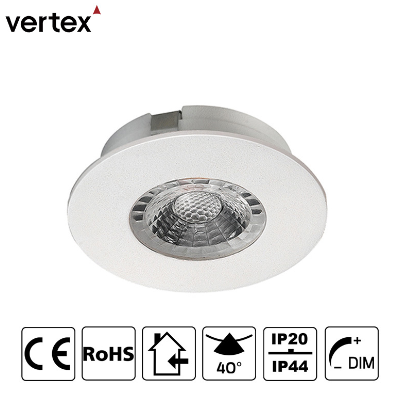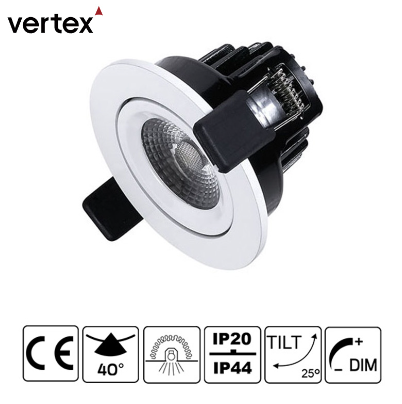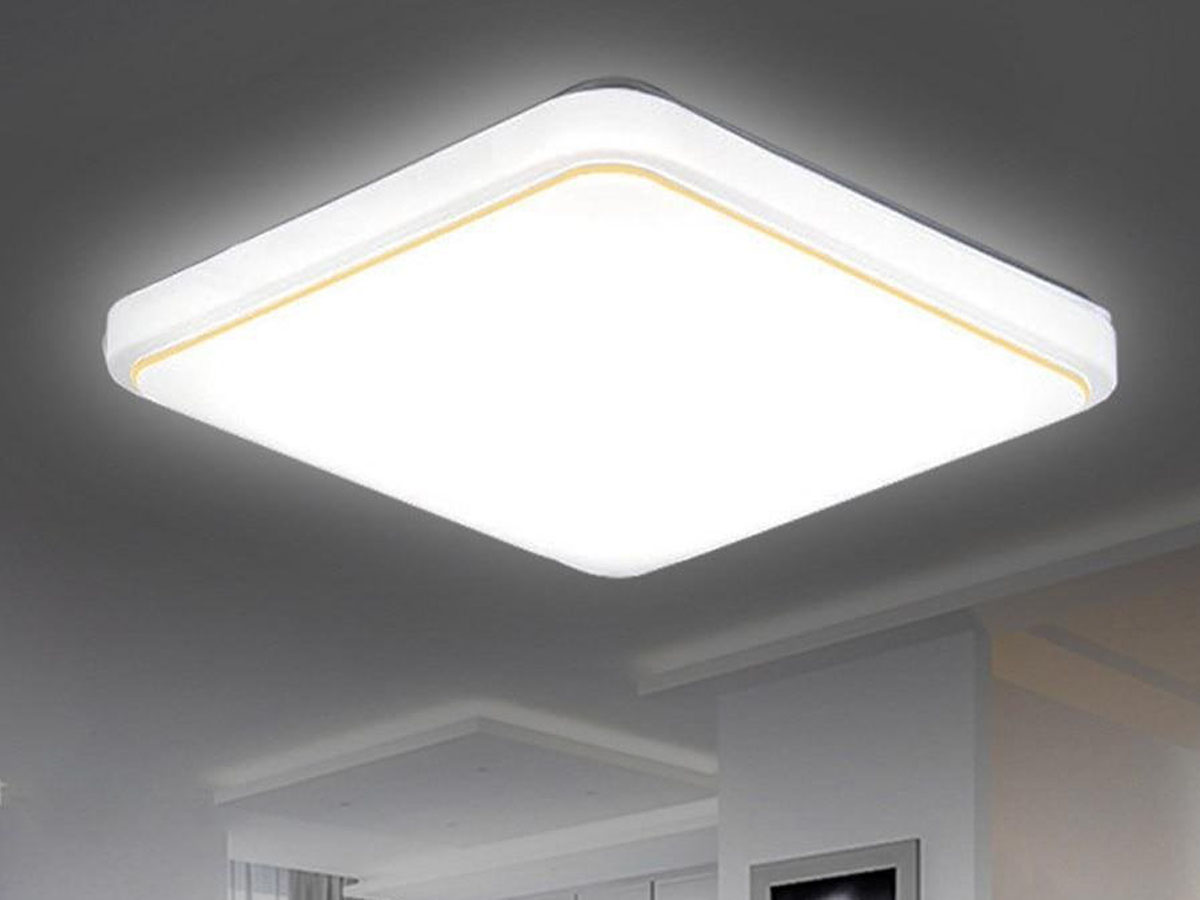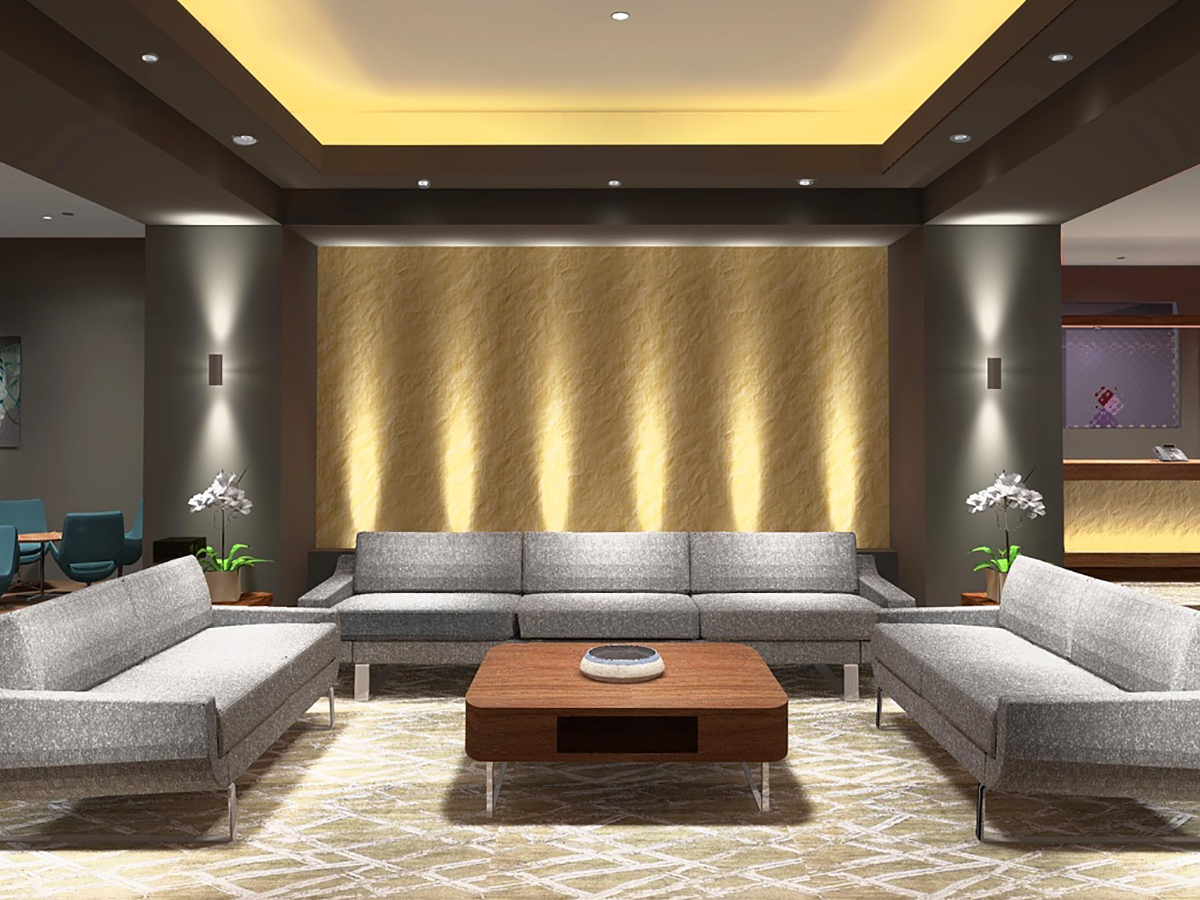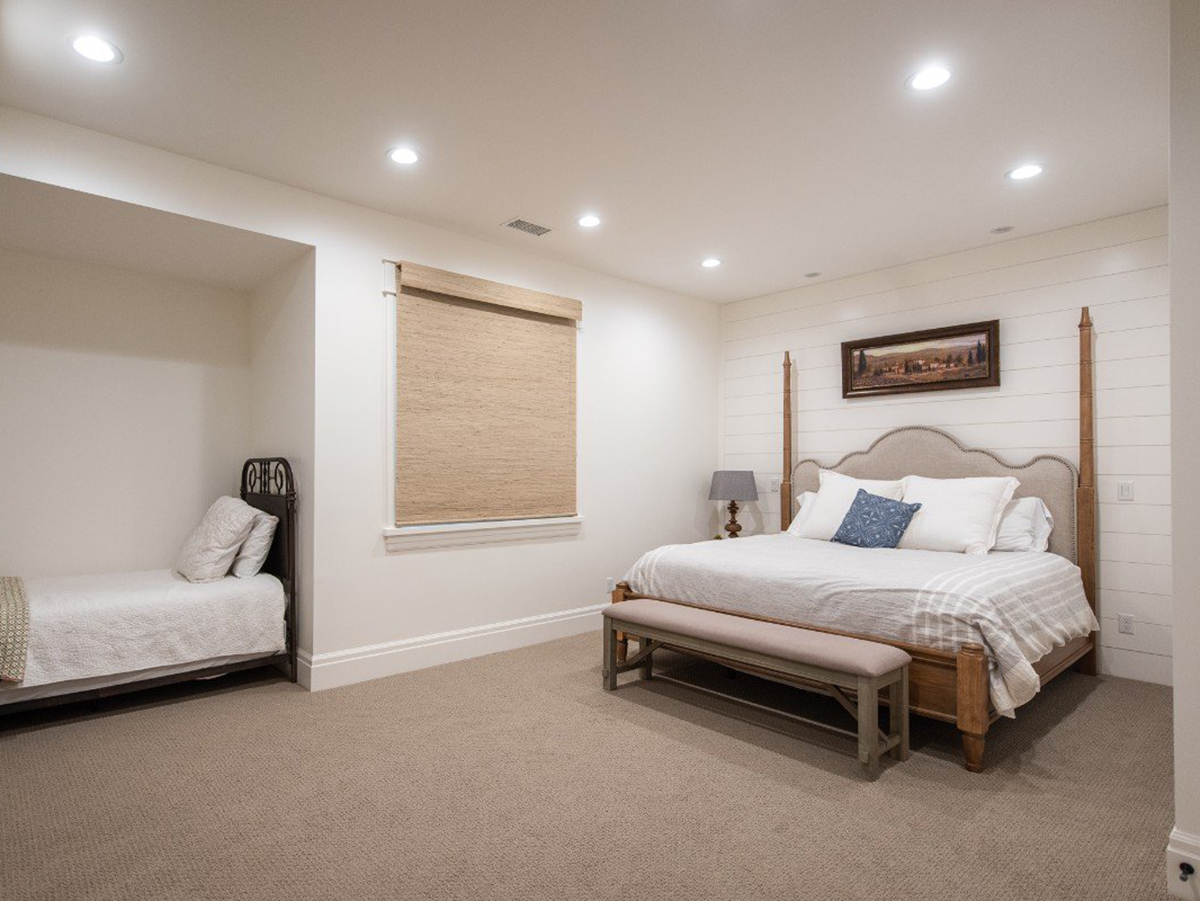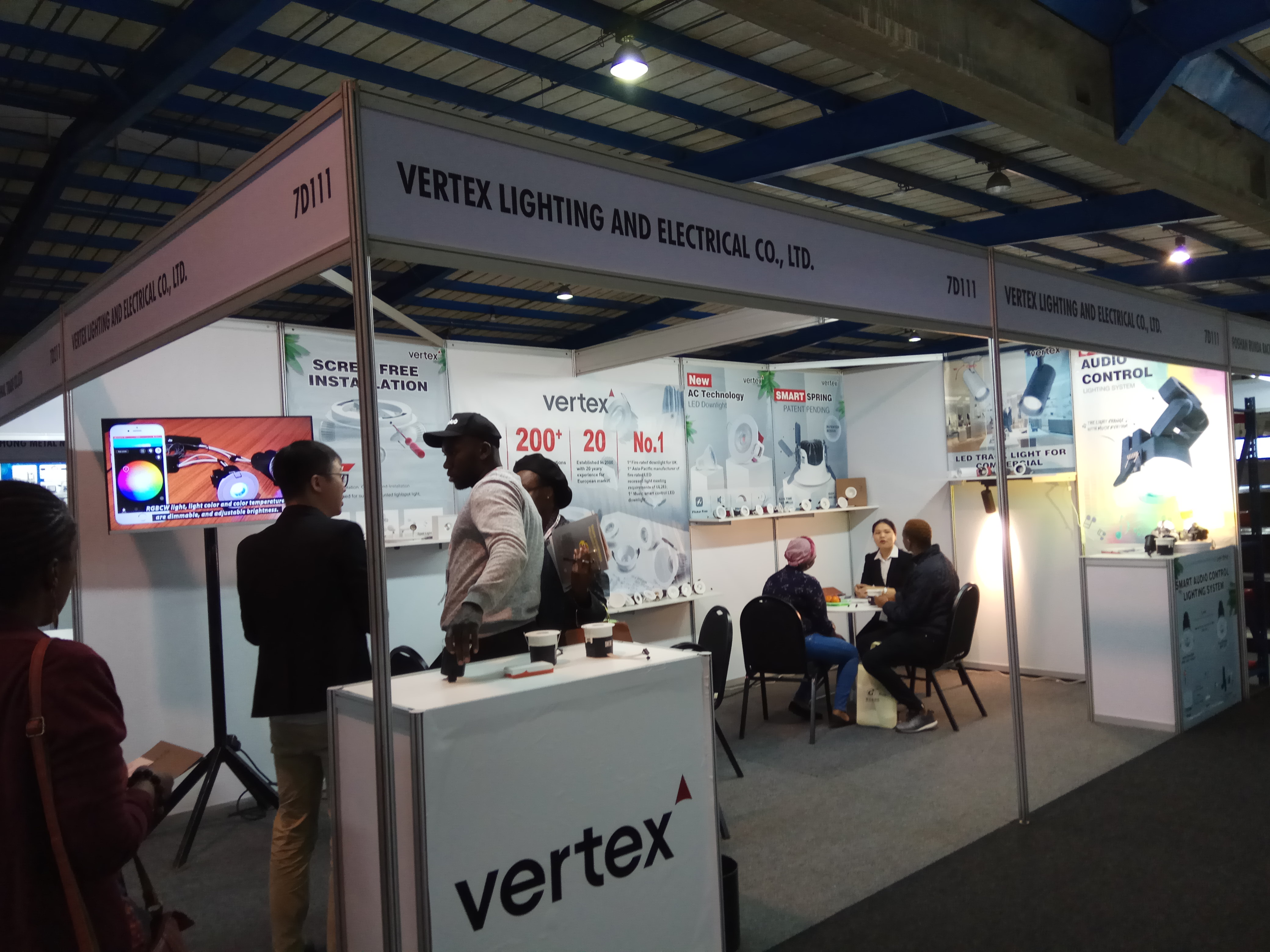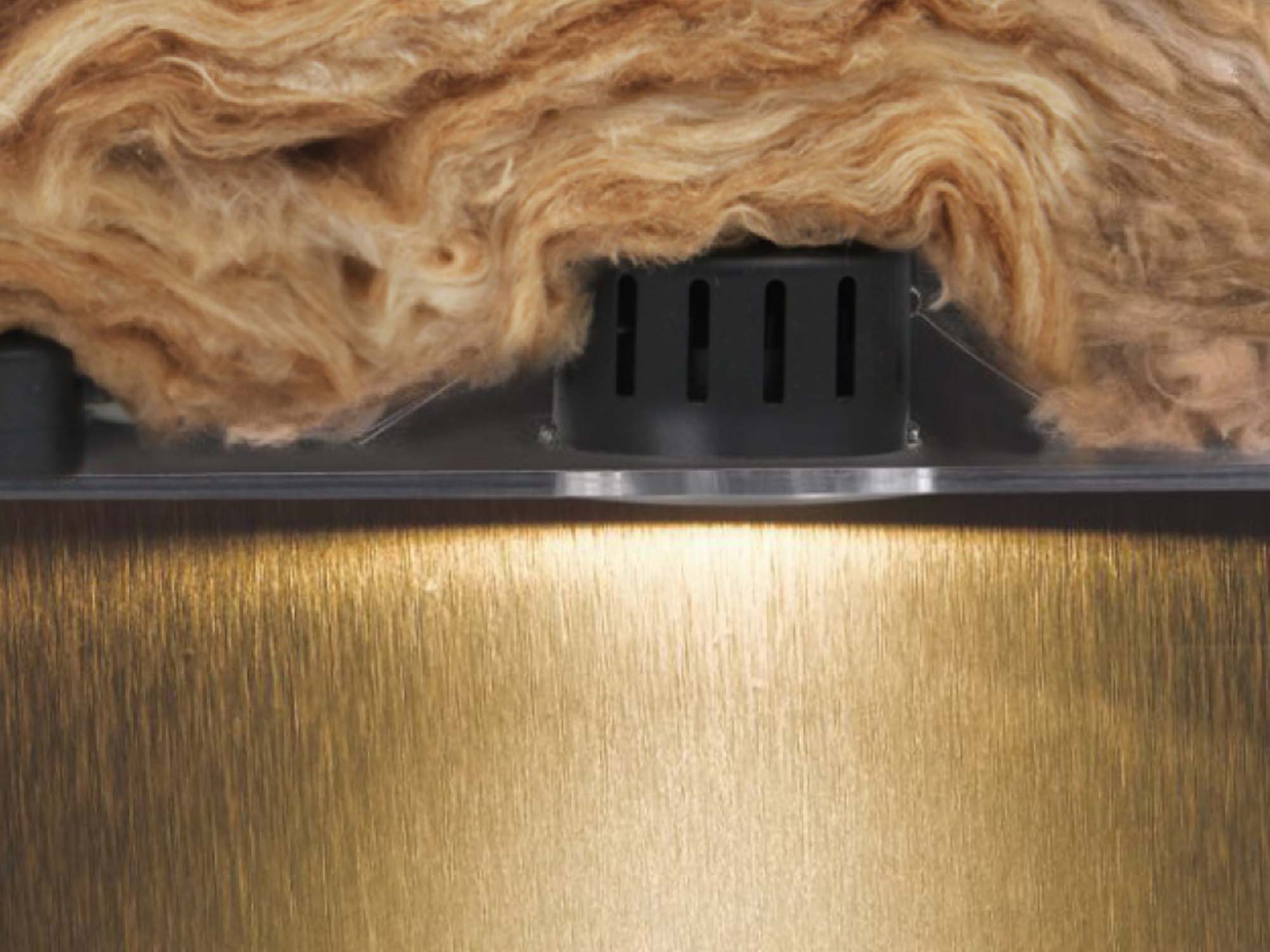In the world of modern interior design, lighting plays a pivotal role in enhancing the ambiance and functionality of any space. Among the many lighting options available today, LED recessed lights have gained immense popularity.
These sleek and energy-efficient fixtures offer a seamless blend of form and function, making them a perfect choice for various applications.
In this post, we'll delve into the world of LED recessed lighting, specifically focusing on their suitability for kitchens, placement, sizing, and when to avoid using them.
These sleek and energy-efficient fixtures offer a seamless blend of form and function, making them a perfect choice for various applications.
In this post, we'll delve into the world of LED recessed lighting, specifically focusing on their suitability for kitchens, placement, sizing, and when to avoid using them.
What is LED Recessed Light?
LED recessed lights, also known as can lights or downlights, are fixtures that are installed into the ceiling or wall with the light source set inside a housing or casing.
The result is a clean, unobtrusive appearance with a concentrated beam of light that can be directed where it's needed.
LED technology has revolutionized this lighting type, offering energy efficiency, long lifespan, and a variety of color temperatures to suit different spaces and moods.
Is Recessed Lighting Good for Kitchens?
The kitchen is often the heart of the home, serving as a hub for cooking, dining, and socializing. Recessed lighting is an excellent choice for kitchens for several reasons:
●Even Illumination
Recessed lights provide uniform and shadow-free lighting, which is essential for food preparation and cooking tasks.
●Space-Saving
They do not take up valuable ceiling or wall space, allowing for a cleaner, more open kitchen design.
●Aesthetics
The minimalist appearance of recessed lights complements various kitchen styles, from traditional to modern.
●Dimmability
LED recessed lights are easily dimmable, allowing you to create the perfect ambiance for different occasions.
Where Should Recessed Lighting Be Placed in A Kitchen?
Proper placement of recessed lighting is crucial to achieve the desired effect in your kitchen. Here are some key areas to consider:
●General Lighting
Install evenly spaced recessed lights throughout the kitchen ceiling to provide overall illumination. The goal is to eliminate shadows and create a well-lit workspace.
●Task Lighting
Position recessed lights above key work areas, such as the countertops, stove, and sink. This ensures adequate lighting for cooking and food preparation.
●Accent Lighting
Use recessed lights to highlight specific features, such as artwork, architectural details, or decorative elements in the kitchen.
●Under-Cabinet Lighting
Consider installing LED strip lights or small recessed fixtures beneath upper cabinets to illuminate the countertop and add a touch of elegance.
What Size Recessed Lights Should I Use in My Kitchen?
Choosing the right size of recessed lights is crucial to achieve the desired lighting effect and maintain the aesthetic balance in your kitchen. Here are some general guidelines:
●4-inch Lights
These are ideal for accent and task lighting. Use them for focused illumination on specific areas or decorative features.
●5-inch Lights
A versatile option for both general and task lighting. They provide a good balance between illumination and aesthetics.
●6-inch Lights
These larger fixtures are suitable for general kitchen lighting. They offer ample brightness and work well in spacious kitchens.
●Adjustable Lights
Consider using adjustable or directional recessed lights in areas where you need flexibility in directing the light beam.
When Should You Not Use Recessed Lighting?
While recessed lighting can enhance many spaces, there are situations where it may not be the best choice:
●Low Ceilings
In rooms with low ceilings, recessed lights can make the space feel even smaller and cramped. Opt for surface-mounted fixtures or pendant lights instead.
●Vaulted Ceilings
The angles and height variations in vaulted ceilings can pose challenges for installing recessed lights. Consider other options like track lighting or chandeliers that complement the architectural features.
●Moist Environments
Recessed lights are not suitable for areas with excessive moisture, such as bathrooms and saunas. Water and electrical components do not mix well.
●Historic Homes
If you're preserving the authenticity of a historic home, recessed lighting might not align with the period's aesthetics. Seek period-appropriate fixtures for a more authentic look.
Conclusion
LED recessed lights are a versatile and stylish choice for illuminating your kitchen.
Proper placement and sizing are key to achieving the desired lighting effect, whether for general illumination, task lighting, or accentuating design elements.
However, there are instances where other lighting options may be more suitable, so always consider the specific needs and aesthetics of your space.
